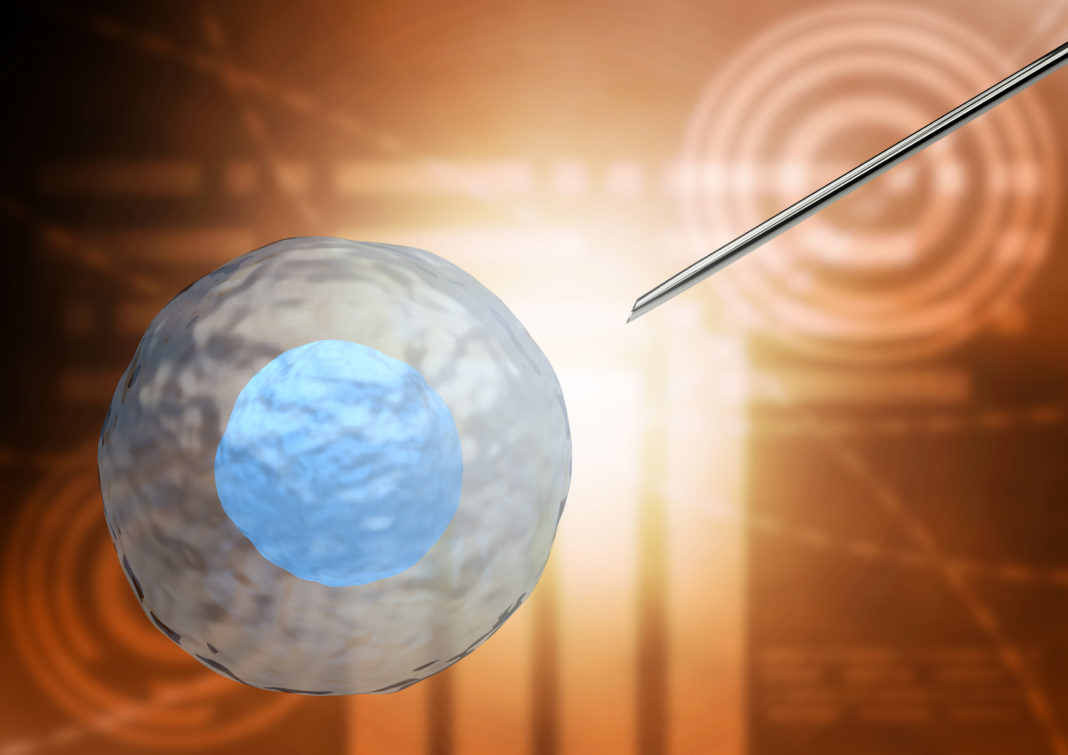Veeren Chauhan, PhD, research fellow in bio-inspired therapeutics at the University of Nottingham, will be presenting results produced from using the nanosensors at the 12th Annual Bioprocessing Summit later this month. He says the sensors are already available in his lab, and ready for use in gene and cell therapy manufacture.
“Currently cell and gene therapies are produced using bioreactors, but most of the measurements, such as pH, are made extracellularly,” he explains. “The power of our technology is to make measurements as close to intracellular as possible, and to measure key molecules and ions for individual cells, instead of the whole batch.”
According to Chauhan, the nanosensors are inert hydrogel-like structures with a diameter of about 50 nm. They can enter and remain inside cells without damaging them, allowing them to be used to monitor pH, molecular oxygen concentrations, or temperatures up to 80°C.
Chauhan and colleagues have used the nanosensors to map the proton pump in C. elegans, to look at subcellular processes in yeast and human mesenchymal stem cells, and to look at apoptosis when cancer cells are treated with formaldehyde. They’ve found the nanosensors can detect pH in biological systems to within ±0.17, he says.
“Our key message is that we’ve tested this technology in systems ranging from whole animals to stem cells,” he says. “Now we’ve developed it, we want to find applications, and cell and gene therapies are a promising area where this technology could be applied.”
The nanosensors are not a new technology but have come into their own due to developments in high-resolution microscopy and flow cytometry. Today, they are available in his lab at the University of Nottingham and he is keen to collaborate with cell and gene therapy developers.
He argues the nanosensors could be useful for on- and offline monitoring of stem cells during batch processing. The nanosensors could be introduced to the bioreactor. When a sample is removed for quality testing by flow cytometry, he thinks they could be used to measure key parameters in individual cells.
“There’s a lot of potential with these particles so, if someone has a potential application, we’re very keen to participate and see how far a collaboration can go,” he says.


